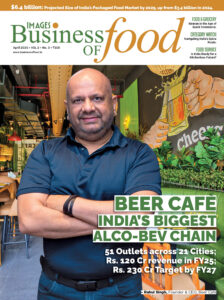To deliver on the huge potential of India’s food processing sector, and MSMEs in particular, there is a need to fully recognize and embrace measures like the adoption of science-backed FOPL, to make Indian food at par with food in the global market. Adopting this global practice of FOPL on all packaged foods can act…




